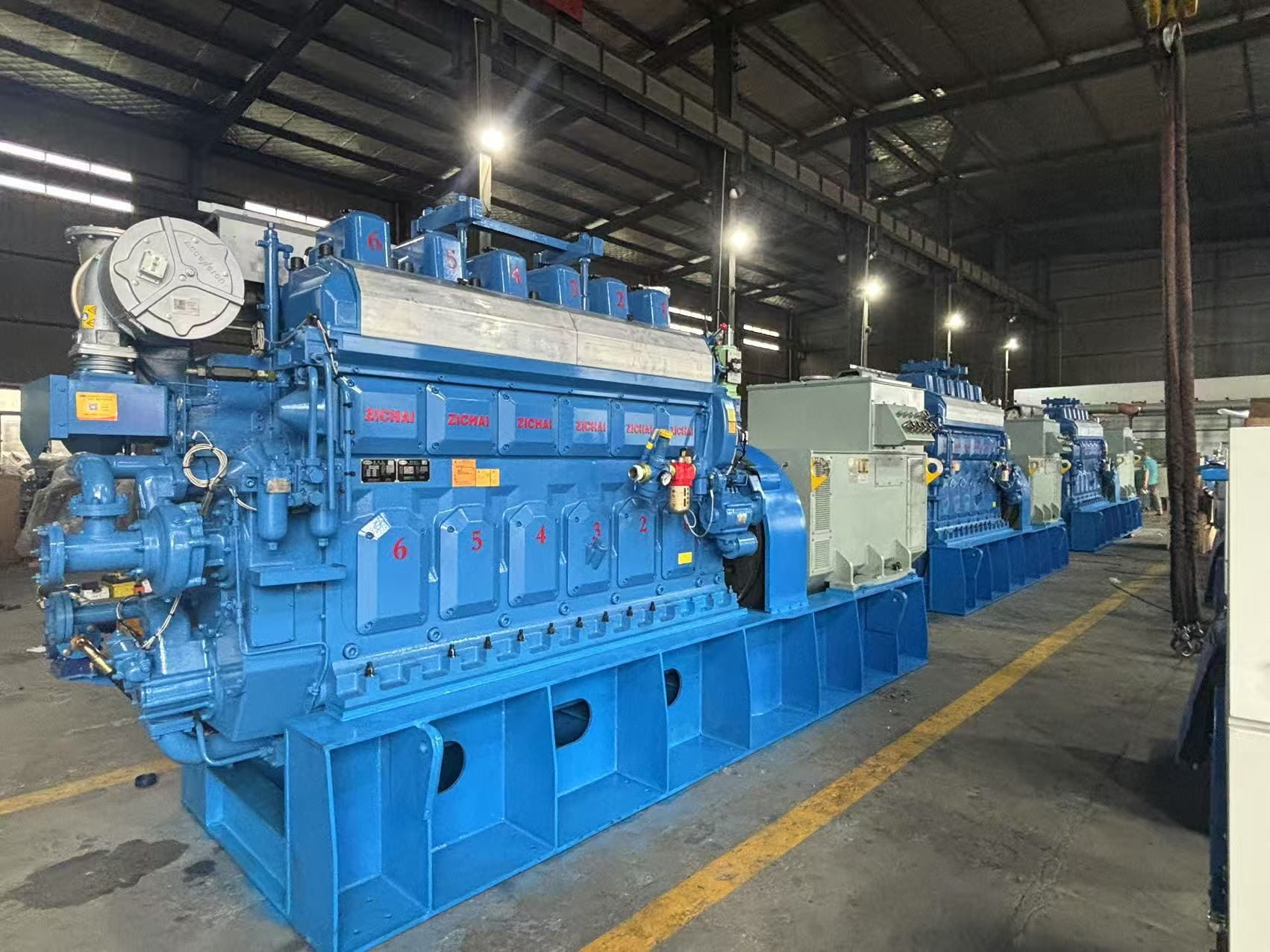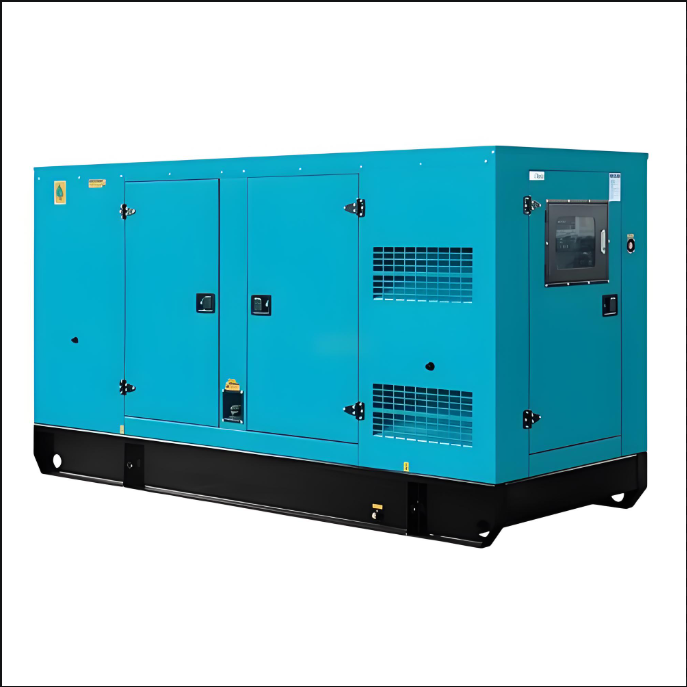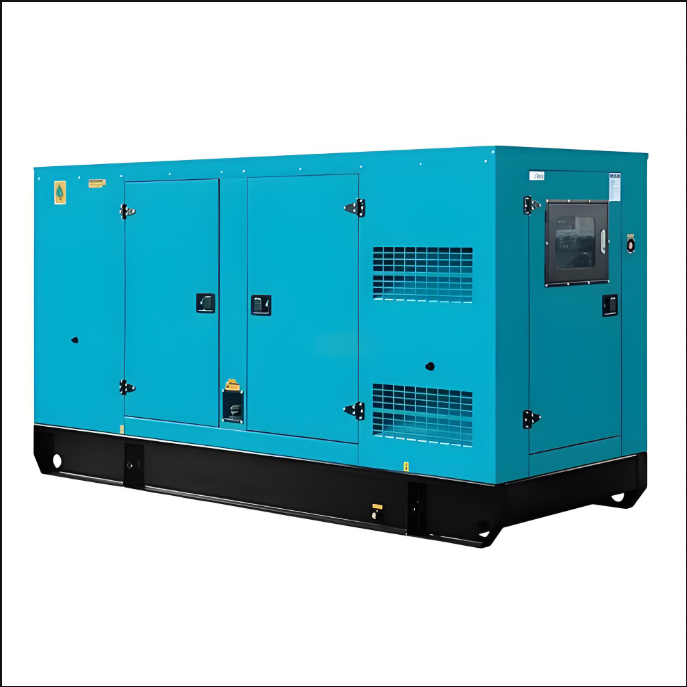Diesel generator sets: Guidelines, maintenance points and new trends in the industry
As the demand for data centers, industrial facilities and emergency power continues to grow, the importance of diesel generators as a critical backup power source is becoming more and more important. This article will analyze the technical points and market trends of diesel generator sets from four aspects: correct use method, common fault handling, daily maintenance points and industry development trends.
First, the correct use guide: the operation specification determines the life of the equipment
Pre-start check
Check fuel, oil and coolant stock: Fuel needs to meet 24 hours of operation, oil level should be near the dipstick "HI" mark, coolant water level should be 50 mm below the tank cover.
Verify the electrical system: ensure that the control panel fuse is intact, the battery voltage is not less than 24 volts, and the specific gravity of the electrolyte is 1.28 (25 ° C).
Check the tightness of the belt and fasteners: the triangle belt must meet the tension requirement of sinking 10 mm, and the external bolts must not be loosened.
Start and run operations
Start at a low temperature and preheat: If the ambient temperature is low, check the preheating device or use a heater to raise the body temperature.
Gradually increase speed: After starting, it should be idled at low speed to normal oil pressure, and then gradually increase the load to avoid instantaneous high-load damage parts.
Monitoring operation parameters: the voltage is stable at 380V±10V, the frequency is 50Hz±0.5Hz, the brush has no spark and no noise.
Second, common troubleshooting: rapid diagnosis and solution
Unable to start or difficult to start
Battery problems: When the capacity is insufficient, it needs to be charged or replaced. Check whether the relay and the starting motor are faulty.
Abnormal fuel system: fuel water, filter blocked or pipeline air intake needs to be replaced, air drained or filter element cleaned.
Running exceptions and smoke problems
Black smoke: Air intake blockage, poor fuel quality or turbocharger wear, need to clean the filter, replace the fuel or overhaul the supercharger.
Insufficient power: The plateau area needs to reduce the power operation, check the back pressure of the exhaust pipe, the intake air temperature and the status of the fuel injection pump.
Shutdown fault
Solenoid valve or governor out of control need to be repaired, operation need to press the "stop button first, then close the key" sequence to avoid misoperation.
Three, maintenance points: the key to extend life
Routine maintenance
Cleaning and inspection: Clean the oil on the surface of the unit every week, check the tightness of the belt and the tightness of the external bolts every month.
Filter change: Oil and fuel filters are changed every 250 hours and air filters are changed every 500 hours.
Periodic deep maintenance
Intermediate repair (3000 hours) : Grind the air valve, replace the fuel injector, adjust the oil supply timing to ensure the combustion efficiency 5.
Overhaul (6000 hours) : Check piston ring, crankshaft wear, clean cooling system, fully restore performance.
Lubrication and cooling system management
Use CF grade and above oil, replace and clean the oil circuit every 250 hours; Anti-rust agent should be added to the coolant and the radiator should be cleaned regularly.
Fourth, industry trends: Data centers drive high power demand
Market demand explosion
The construction of domestic A-level data centers is accelerating, and the market size of diesel generators is expected to reach 9.1 billion yuan in 2025, with an annual growth rate of more than 50%.
High power units (1.8-2MW) are in short supply, and overseas brands dominate the market, but domestic substitution is accelerating, and Weichai, Yuchai and other technologies have made significant breakthroughs.
Technology upgrade and domestic opportunities
Domestic Oems (such as Ketai Power Supply and Sumeida) enhance supply chain stability through international cooperation, while benefiting from the premium space brought by global supply chain tightness
 ENGLISH
ENGLISH FRANÇAIS
FRANÇAIS РУССКИЙ
РУССКИЙ العربية
العربية 
 li0178@tkdlkj.cn
li0178@tkdlkj.cn





